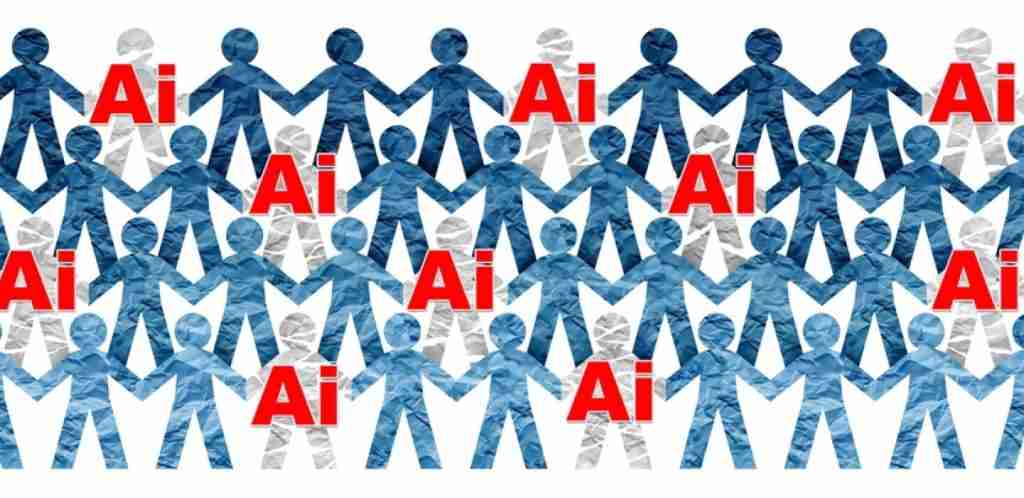(TNS) — Reed Union School District Superintendent Kimberly McGrath has been named one of 28 members of a new statewide task force on artificial intelligence in education.
The task force, led by the California School Boards Association, will hold its first meeting Dec. 1 in San Francisco. The appointment is for a one-year term.
“This is the type of technological change that will impact every industry,” McGrath said. “We need to start thinking about what this could do to improve the effectiveness of all school administrators.”
She also sees creative possibilities for classrooms.
For example, a teacher can use AI to create a lesson plan on a complex topic and ask the AI chatbot to base it on a football match. If students are soccer fans or players, the new framework could make the topic easier to understand.
“The impact could be staggering,” said McGrath, who is the only Marin official on the statewide panel.
McGrath is also one of a half-dozen Marin educators working on a team with the Marin County Office of Education to create a series of AI forums for school staff across the county. They plan to roll out the series in the spring.
“We are still in the early stages of development,” said team member Tara Taupier, superintendent of the Tamalpais Union High School District.
Taupier, McGrath and several San Rafael School District teachers and administrators are the first members of the team, said Laura Trahan, assistant superintendent of the Marin County Office of Education.
“We work to identify the different facets of AI and then create each session in the series around each facet,” Trahan said.
Topics could range from how artificial intelligence can improve education, to ethical concerns, to how educators can benefit from AI, Trahan said.
“We want to make this series practical and real,” Trahan said.
The Marin Office of Education is also looking for experts who could be guest speakers. “The experts are the young people,” Trahan said. “They are the natives of this landscape.”
According to Marin Schools Superintendent John Carroll, artificial intelligence options in schools should be embraced, not rejected.
“We don’t want to be afraid of it,” Carroll said. “We want to be able to use it as a general tool.”
This was different from the initial approach taken by the Los Angeles Unified School District and other districts around the country. In November 2022, when San Francisco-based OpenAI launched ChatGPT, an AI text creation platform, LA Unified and the others shut down access to OpenAI and ChatGPT on their networks and devices until they can assess the risks.
Since then, AI and ChatGPT have exploded online in email, text, and web content, among other uses.
“AI is inevitable,” Carroll said. “It’s here.
“We don’t think blocking him is a good thing to do,” Carroll said. “We want to be involved in how we can use it to help schools.”
Taupier agreed.
“At the end of last school year, our education services team surveyed our staff and made the decision to keep access to AI open for the time being,” Taupier said.
Although the creative possibilities may seem enormous, McGrath cautioned that teachers will need to have a way to trace the details provided by ChatGPT back to their sources.
“What pool of information does it draw from? ” she says. “Parents should also educate themselves about the capabilities of AI.”
According to the California School Boards Association, challenges to integrating AI into schools can range from protecting data privacy to ensuring academic honesty.
Despite these concerns, public education officials have said that students everywhere need to be trained in AI if they are to be ready to take on the world after high school.
Carroll said he was impressed when he tested ChatGPT’s writing skills when the platform first launched.
“I asked ChatGPT to write a short essay on a practical application of Immanuel Kant’s ‘The Critique of Pure Reason,'” Carroll said. “It was pretty convincing.”
©2023 The Marin Independent Journal (Novato, Calif.). Distributed by Tribune Content Agency, LLC.

